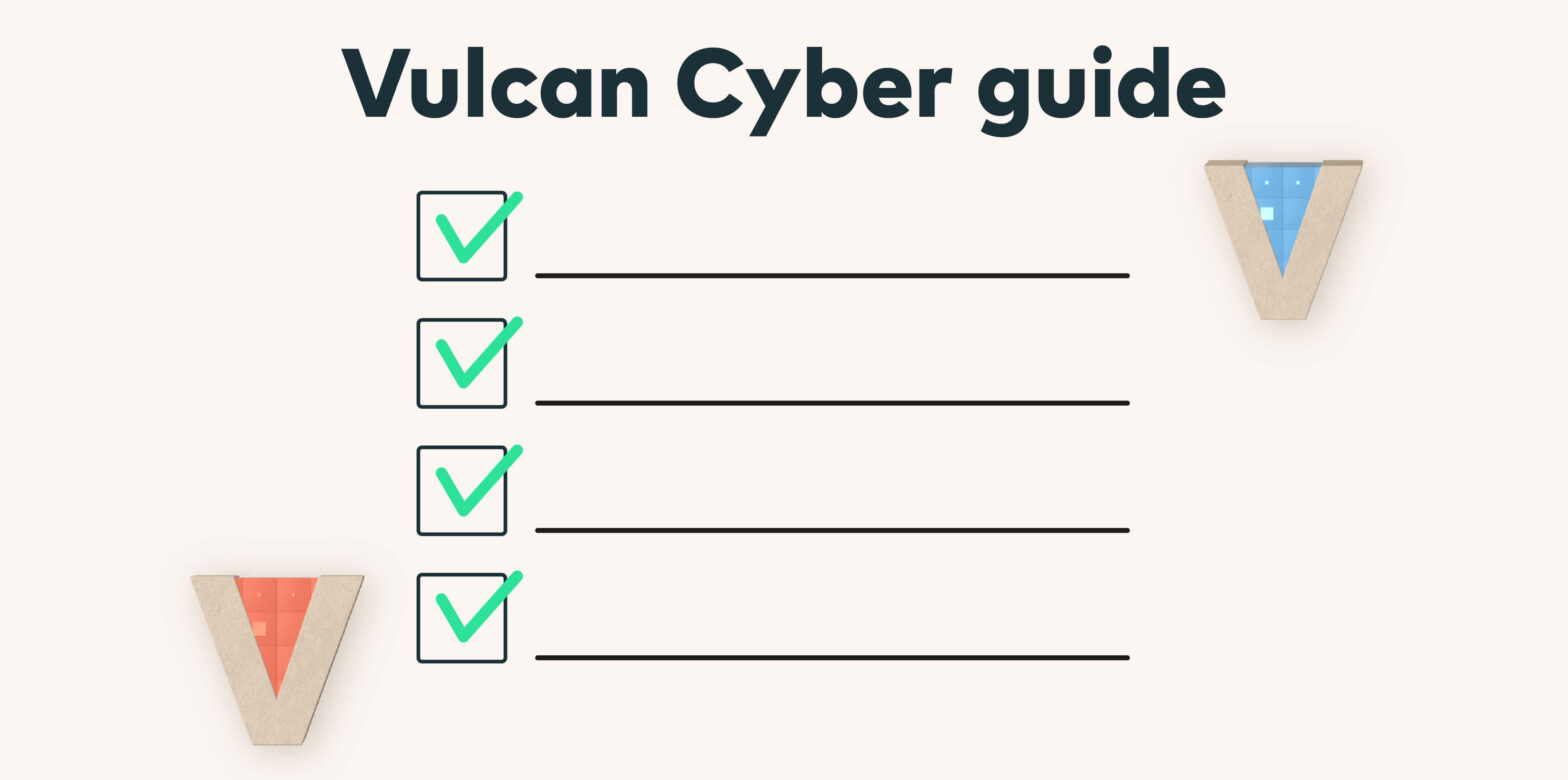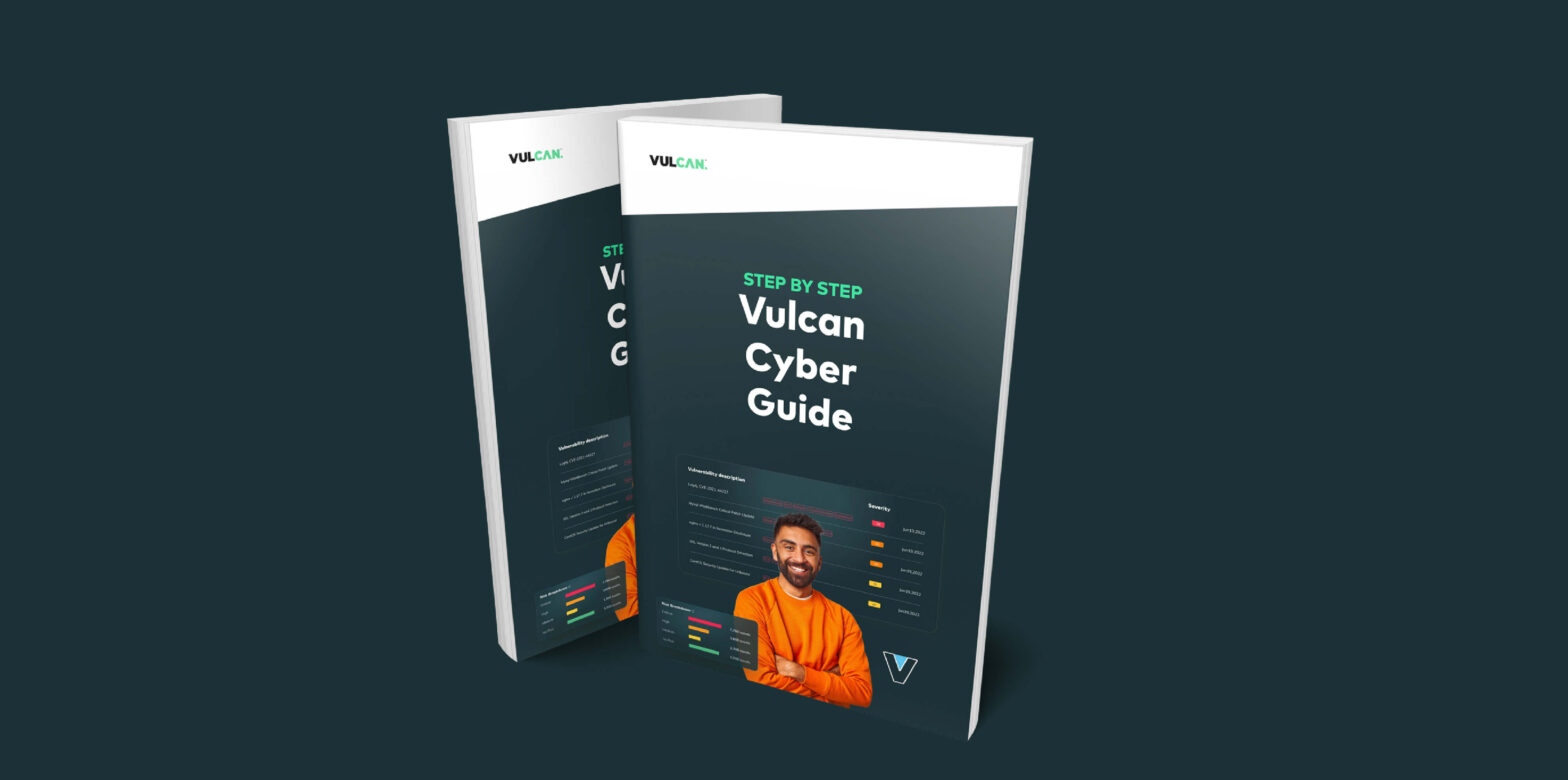Both on-premises and in the cloud, visibility into your IT infrastructure is key, allowing for proper management and observation of all assets. Due to the complexity of cloud, however, achieving cloud visibility can be far more challenging than on-premises. In this article, we take a look at the many obstacles to achieving complete cloud visibility,… Continue reading Cloud visibility challenges – and how to avoid them
Cloud visibility challenges – and how to avoid them













